Introduction to Bagh Prints
India is a country that has a rich treasure of textiles that keep on giving to the world. Among the many popular traditional crafts of printed textiles in India, a name which has stood the test of time are the unparalleled Bagh Prints. The Bagh prints, a traditional Indian craft, are renowned for their intricate designs and rich cultural heritage. Originating from the village of Bagh in the Dhar district of Madhya Pradesh, this craft has captivated art enthusiasts worldwide.
Bagh print is a hand block print with natural dyes. This block printing is closely linked with the garment traditions of the Bhil and Bhilala tribes of Jhabua and Dhar.This blog is a small window into the rich cultural world of Bagh Prints. In this blog, we will explore the historical background, techniques, cultural significance, and contemporary relevance of Bagh prints and try to give the readers a brief glimpse into the magic of Bagh Prints.
Historical Background
The technique of Bagh Prints is believed to be over 1000 years old, with the knowledge being handed down from one generation to another. It is theorized that the craft may have it origins from settlers from Jawad in Madhya Pradesh, India, or by printers from Rajasthan. Another lore suggests that the Chhipas, the traditional printers of the Muslim Khatri community brough it with them when they migrated from Larkana in Sindh province, in present day Pakistan some 400 years ago.
An interesting fact to note about Bagh prints is that they derive their name from the river Bagh that flows through the region, and which singularly provided essential water for washing fabrics and processing vegetable dyes. Additionally, the chemical composition of the Bagh river’s water enhances the texture and luminosity of the vegetable, natural, and black dyes, setting Bagh prints apart from those in other regions like Bagru and Sanganer prints from Rajasthan.
Bagh print has a cultural and religious importance in the tribal communities of Dhar. The traditional Bagh prints with their characteristic red, black, white colours and religious motifs are used by the ‘Adivasis’ (tribes) for important festivals and special events like marriages.
Techniques and Materials
Bagh printing is a labor-intensive process. In order to create something magical, many processes are involved with each step providing a crucial element to the fabric. The process of hand block printing Bagh involves the following stages:
Preparation of Fabric: Before it is printed the fabric is prepared for the print to hold the dyes and undergo the multiple processes printing. Pre-printing begins with Khara Karna (making puring), where the initial washing of the fabric is done. Cotton is the most commonly used fabric, but other materials include Maheshwari suit material, kosa silk, bamboo chicks, chiffon, crepe, georgette tissue, and mulberry silk. The purifying the fabric process involves washing it in running water for several hours and beating it on river stones to remove any excess starch.
Next, the fabric undergoes Mengni Karna, where it is soaked in a solution of water, rock salt, mengni (goat dung), and castor oil, then pressed, rinsed, and dried three times. Following this, the cloth is pre-dyed with Harara to give it an off-white base color, enriching the black and red dyes that will be applied later.
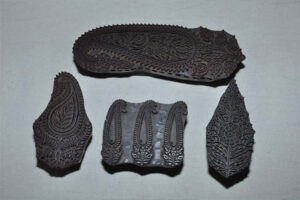
Block Making: The blocks, known as bilals and bibas, are intricately and deeply carved from teak or sheesham (Dalbergia sissoo) wood, often sourced from Pethapur, Gandhinagar, and Jaipur. These relief blocks can be reused and collected over generations, with some family libraries holding thousands of unique designs. Some blocks are as old as 300 years and have been in use for so long that they are known by specific names. New blocks are created approximately every six months to meet market demands, but care is taken to ensure that new designs are variations of traditional patterns. Common motifs include geometric shapes and natural forms such as jasmine, mushroom, mango, and small dots on a field.
Dyeing: The fabric is soaked in a mixture of water, alum, and other natural substances to fix the colors. Dyes for printing are derived from plants, fruits, flowers, and minerals. Pigments like ferrous sulfate and alum are boiled in water and mixed with tamarind seed powder to create pastes for black and red dyes, respectively. Other colors, such as indigo, mustard, and khaki, are made using indigo leaves, dhavdi leaves, or pomegranate rinds.
Printing: The carved wooden blocks are dipped in dye and stamped onto the fabric. This process requires precision to ensure that the patterns are aligned perfectly. To apply the correct amount of dye to the printing block, a wooden reservoir called a palea is filled with dye. A bamboo mesh (kartali) wrapped in wool floats in the reservoir, soaking up the dye and transferring it to the printing block when it is rested on top. The cloth to be printed is laid over a red sandstone table, called a farsi, which is padded with extra cloth or old clothes to ensure smooth printing.
The printing blocks are applied by hand, with an expert craftsman able to produce five yards of fabric in two to three hours, depending on the design’s complexity. Once the design is fully printed, the cloth rests for 8 to 14 days to allow the dye to fully absorb into the fabric.
The predominant colors in Bagh prints are black and red, which are traditionally derived from natural dyes. These colors are often highlighted against an off-white or beige background, created through the pre-dyeing process. Other colors, such as indigo, mustard, and khaki, are also used, but black and red remain the most characteristic and widely recognized hues of Bagh prints.
Washing and Finishing: Once the fabric has rested, it is taken to the river and thoroughly washed for 20 minutes, being beaten against river stones to remove excess dye. This process, known as the Bichalna, requires both strength and precision, as any smudges or stains from improper washing are permanent. The fabric is then fixed and finished in the Bhatti process, where it is boiled in a mixture of water, Alizarin, and Dhavda flowers.
During this stage, the fabric is constantly shifted and turned with long sticks as the temperature of the solution is gradually increased, ensuring the proper development of the colors. This entire process takes four to six hours. Finally, the fabric is bleached and washed three more times before it is complete.
Contemporary Bagh Prints and Their Revival
The revival of Bagh prints has seen a resurgence in both traditional methods and contemporary adaptations, making this ancient craft relevant in today’s fashion and design industries. This resurgence has been driven by dedicated artisans, designers, and collaborations that have brought Bagh prints to global prominence.
Key Figures and Artisans
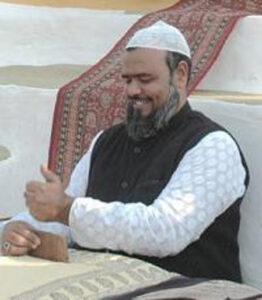
One of the pivotal figures in the revival of Bagh prints is Ismail Sulemanji Khatri. His efforts in the 1960s and 1970s played a crucial role in preserving the traditional techniques of Bagh printing at a time when many artisans were shifting to synthetic fabrics. Khatri’s dedication to the craft earned him international recognition, helping to re-establish Bagh prints as a valued art form.
Following in his footsteps, his sons, Abdul Jabbar Khatri and Mohd Yusuf Khatri, have continued to innovate within the traditional framework, incorporating new designs and color palettes while maintaining the essence of Bagh prints. Their work has been showcased in numerous exhibitions worldwide, further promoting the craft.
Collaborations and Fashion Collections
Contemporary designers and fashion houses have played a significant role in the revival of Bagh prints. Renowned Indian designers like Anita Dongre, Sabyasachi Mukherjee, and Ritu Kumar have incorporated Bagh prints into their collections, blending traditional craftsmanship with modern aesthetics. This fusion has brought Bagh prints to the forefront of high fashion, appealing to a broader audience.
In 2016, the Indian fashion brand Raw Mango, led by designer Sanjay Garg, launched a collection featuring Bagh prints. This collection highlighted the intricate patterns and natural dyes of Bagh prints, showcasing their versatility and timeless appeal. The collaboration was well-received, contributing to the increasing popularity of Bagh prints in contemporary fashion.
Global Recognition and Market Demand
The global demand for sustainable and ethically-produced textiles has further fueled the revival of Bagh prints. With a growing awareness of environmental issues and the importance of preserving traditional crafts, Bagh prints have found a new market among eco-conscious consumers. The use of natural dyes and handmade processes aligns with the values of sustainability and slow fashion.
According to a report by the Fashion Design Council of India (FDCI), the demand for handloom and traditional textiles, including Bagh prints, has increased by approximately 20% annually over the past decade. This growing interest has provided a significant boost to the artisans and their communities, ensuring the continuation of the craft.
Contemporary Adaptations and Innovations
Modern adaptations of Bagh prints have expanded their use beyond traditional garments. Designers are now incorporating Bagh prints into home decor items, accessories, and even modern apparel like skirts, blouses, and scarves. These adaptations have made Bagh prints more accessible and relevant to today’s consumers.
For instance, in 2019, the lifestyle brand Good Earth launched a home decor collection featuring Bagh prints. The collection included cushions, tablecloths, and curtains, demonstrating the versatility of Bagh prints in contemporary design.
Conclusion
Bagh prints are a testament to the rich cultural heritage and artistic prowess of India. Their intricate designs and natural dyes create a unique and timeless appeal that continues to captivate people around the world. By exploring and supporting this traditional craft, we can help preserve its legacy for future generations. This blog is a small effort in spreading awareness about this amazing crafted fabric of India. Write in comments and share your views on this blog and what more would you like to hear from me.
By embracing the art of Bagh prints, we not only celebrate a beautiful craft but also contribute to the sustenance of a cultural heritage that has stood the test of time. Share this post with friends and fellow craft enthusiasts to spread the word about the beauty of Bagh prints.


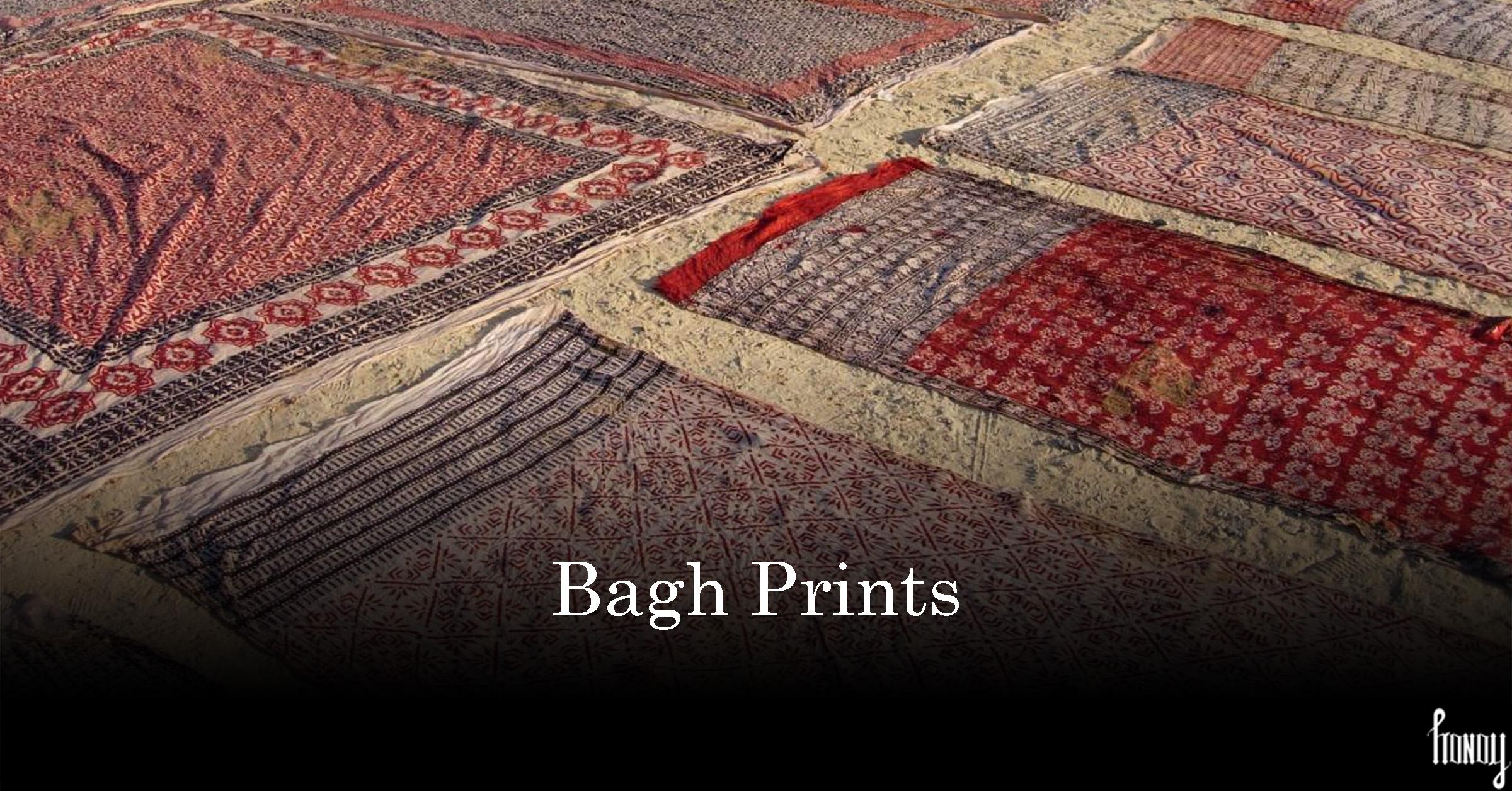
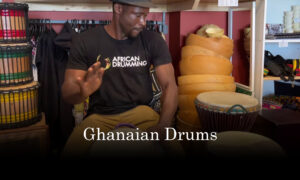



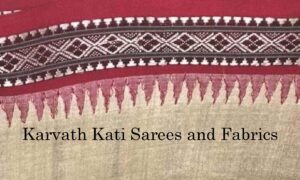





















Pingback: 1 Ritu Kumar : Best Indian Fashion Designer Series